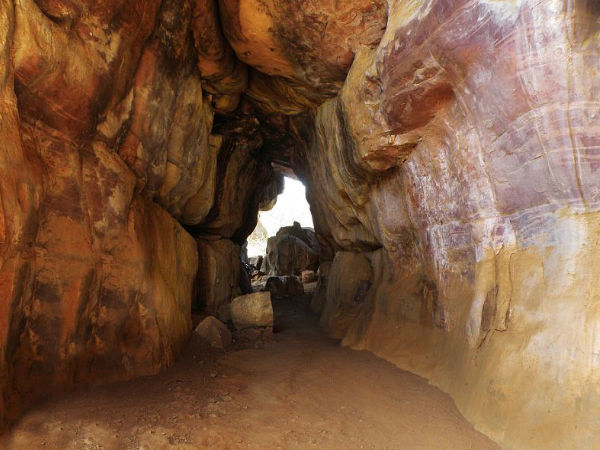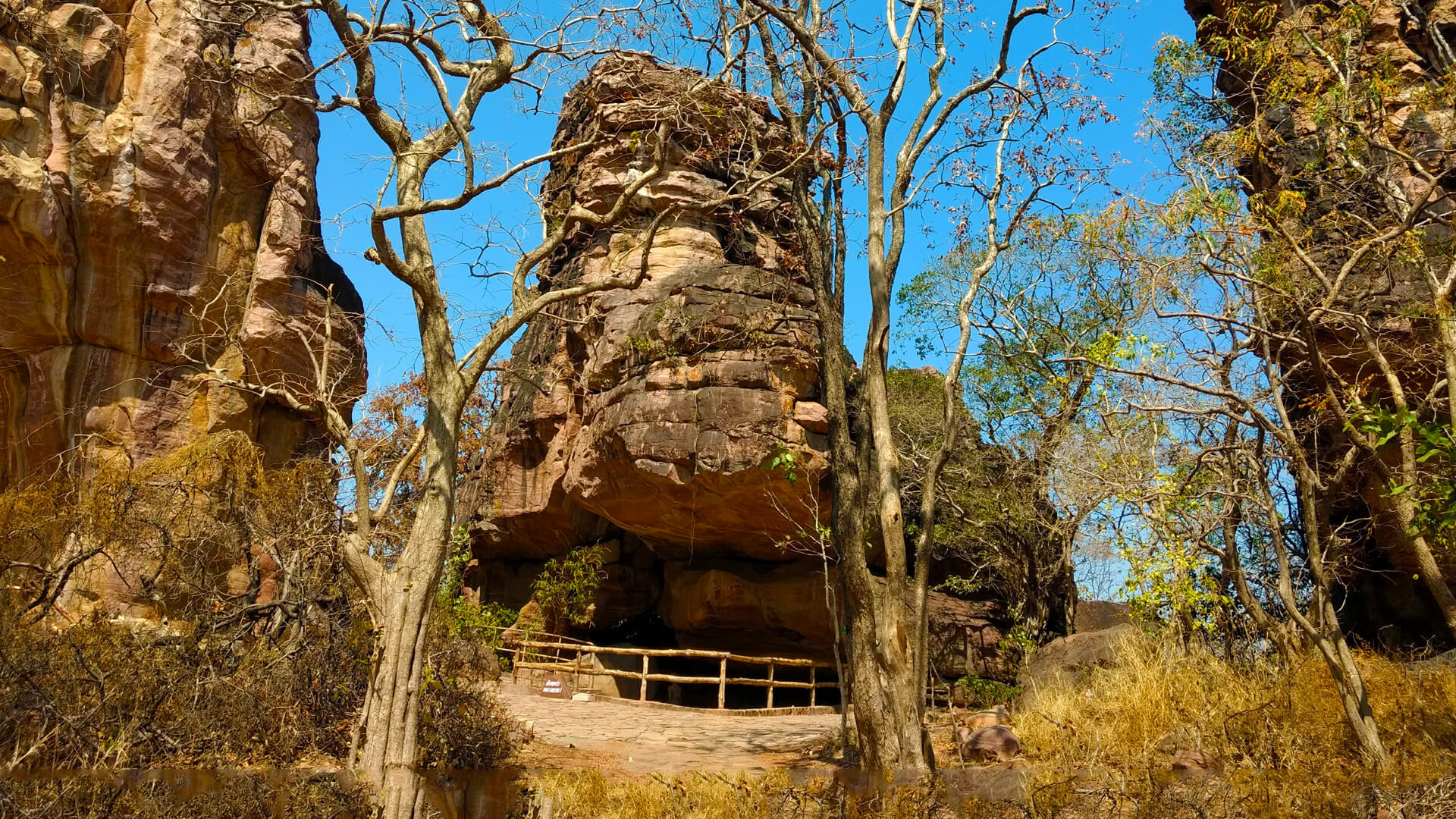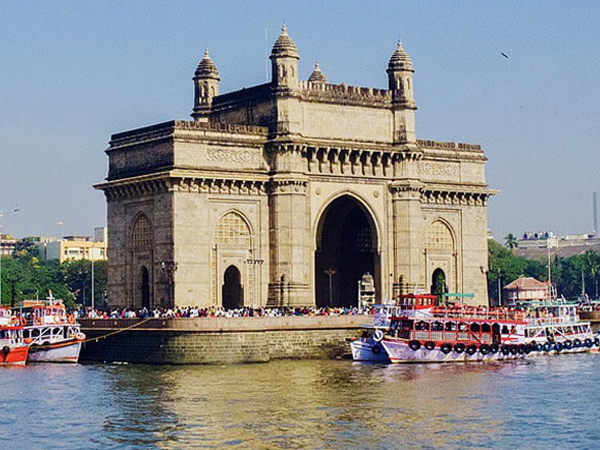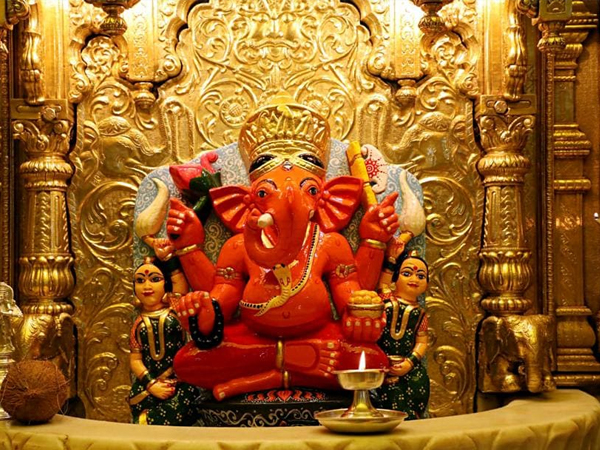The history of India stretches through many centuries, and the Bhimbetka rock shelters in central India provide insight into this history. The sites at Bhimbetka exhibit evidence of human habitation from the Paleolithic and Mesolithic periods, including the earliest known human traces. These caves were constructed in the early Neolithic period, roughly 6000 to 4000 years old, but some caves date to a much earlier time.

There are hundreds of paintings on the rock shelter walls, some depicting scenes from hunting and riding elephants. The artists also painted landscapes of the region’s forests and carved out sets of household activities. The Archaeological Survey of India conducted excavations at Bhimbetka in 2003 to assess the extent of human activity here. The artefacts found in the caves demonstrate the evolution of people living here.
The rock shelters at Bhimbetka preserve a collection of artworks from prehistoric times. Some of the paintings are more than ten thousand years old. The art is a testament to the creativity and ingenuity of early man, and its unique location is a prime tourist attraction. While the caves are not fully restored, they still hold great fascination for archaeologists and scientists. The oldest paintings at Bhimbetka dated back to more than 15,000 years ago and were created by the first humans.
The paintings that cover the cave walls in Bhimbetka are very well preserved. They are often dated to the Upper Paleolithic period and represent images of large animals. The paintings are classified based on their age and period of origin. The paintings are also classified according to their age and purpose. For example, the caves at Bhimbetka contain inscriptions that are in the Shankha script.
The paintings in the Bhimbetka rock shelters can be dated. However, since associative materials date the images, it is impossible to determine which caves are older. The earliest cave paintings date from the middle of the Pleistocene. These drawings, however, have not been directly dated and must be attributed to associative materials.
The Bhimbetka rock shelters contain many paintings, which can be dated to different periods. These paintings were created with vegetable colors and depicted everyday life. The caves are renowned as the oldest prehistoric sites in Asia and are home to some of the oldest cave paintings in the world. During the Middle Paleolithic period, these structures were inhabited by many people, and they still exist today.
The Bhimbetka rock shelters are a popular tourist destination in central India, and they are also an essential part of the culture and heritage of the region. The caves were once home to hundreds of people in 300 BC. The caves are covered in fascinating paintings, including those of various religious rites and communal rituals. The paintings are found in several sites around the area, but the most famous are in Raisen and Bhimbetka.
Visit Bhimbetka Rock Shelters for more information. Also, have a look at our various monthly issues.




